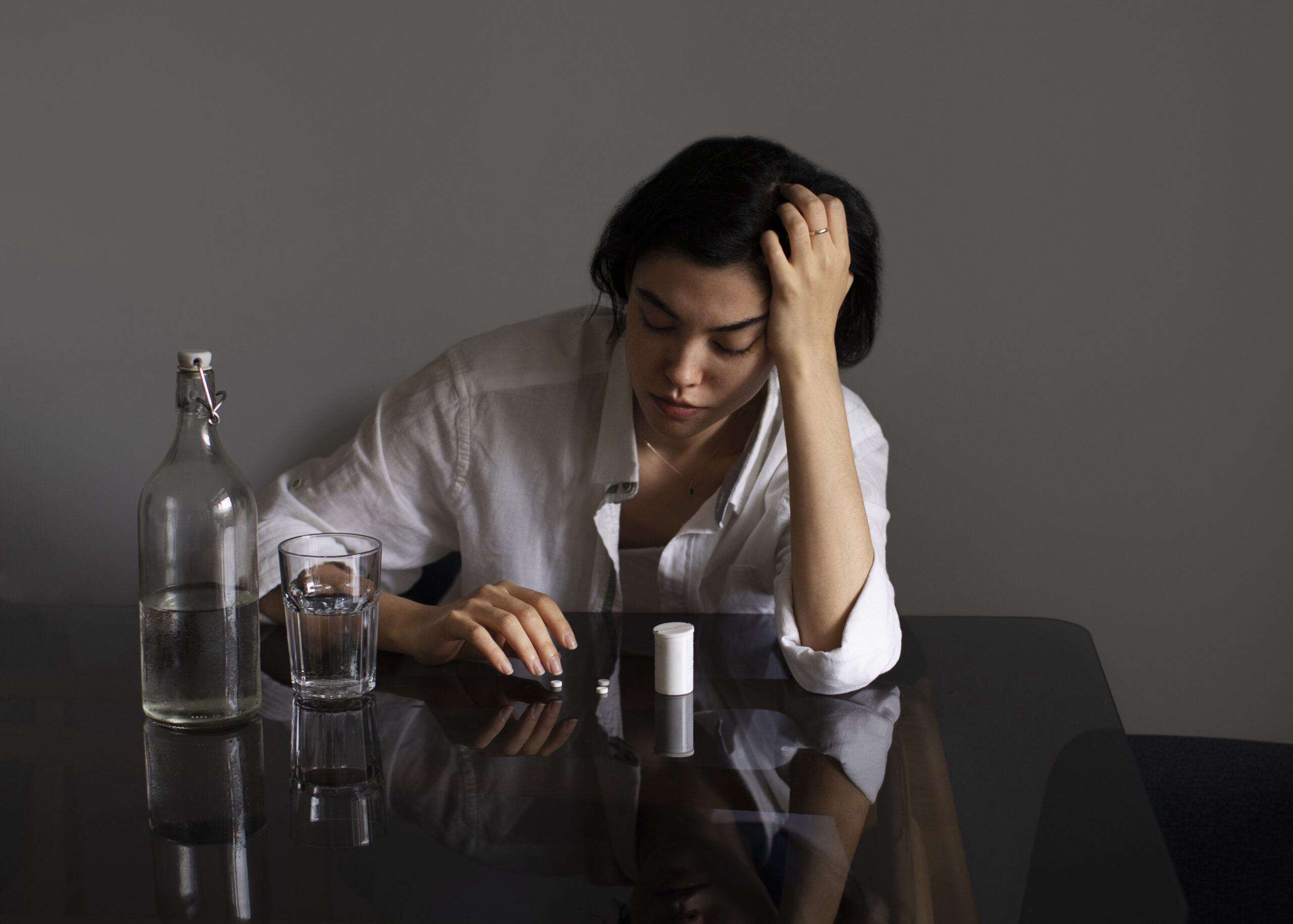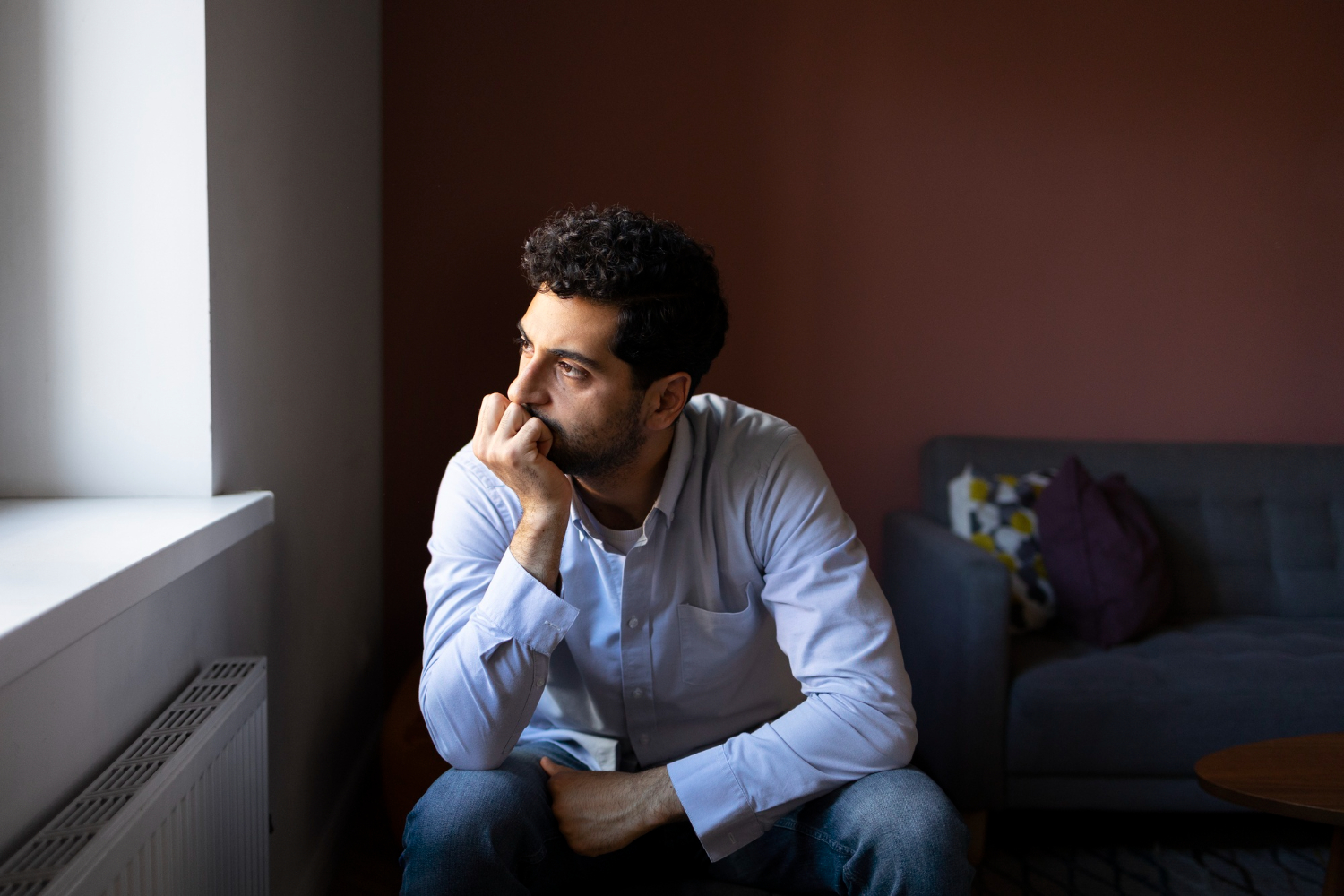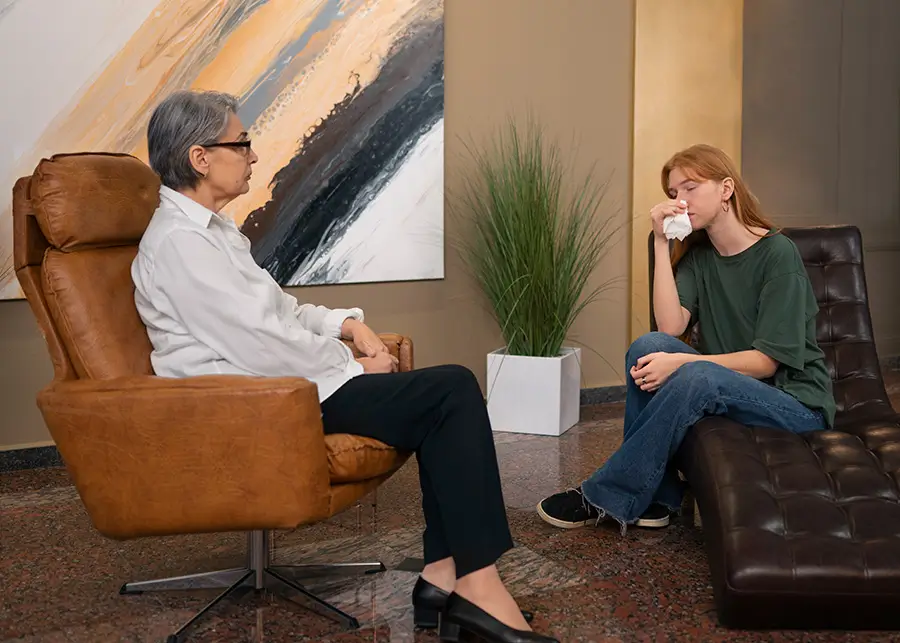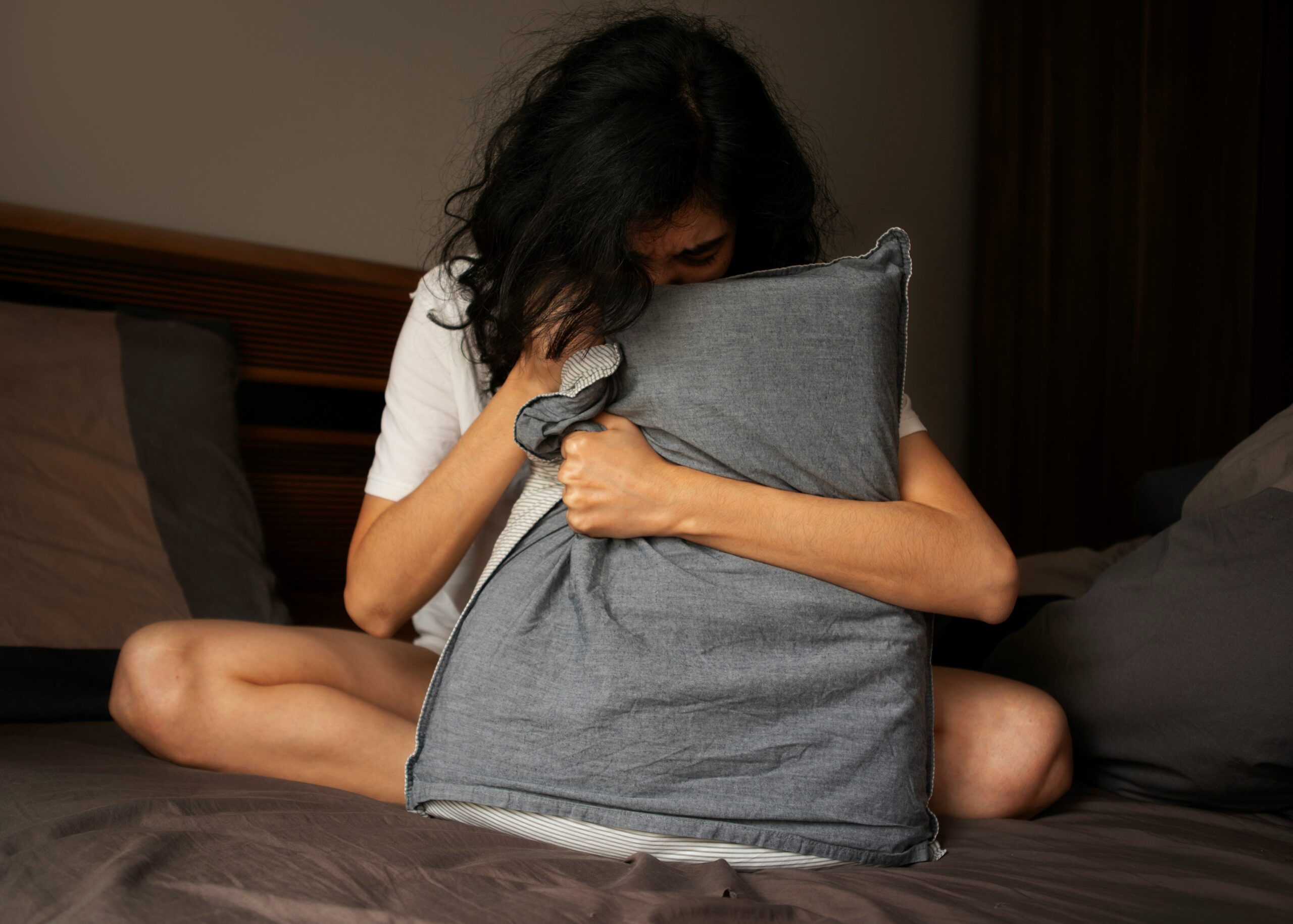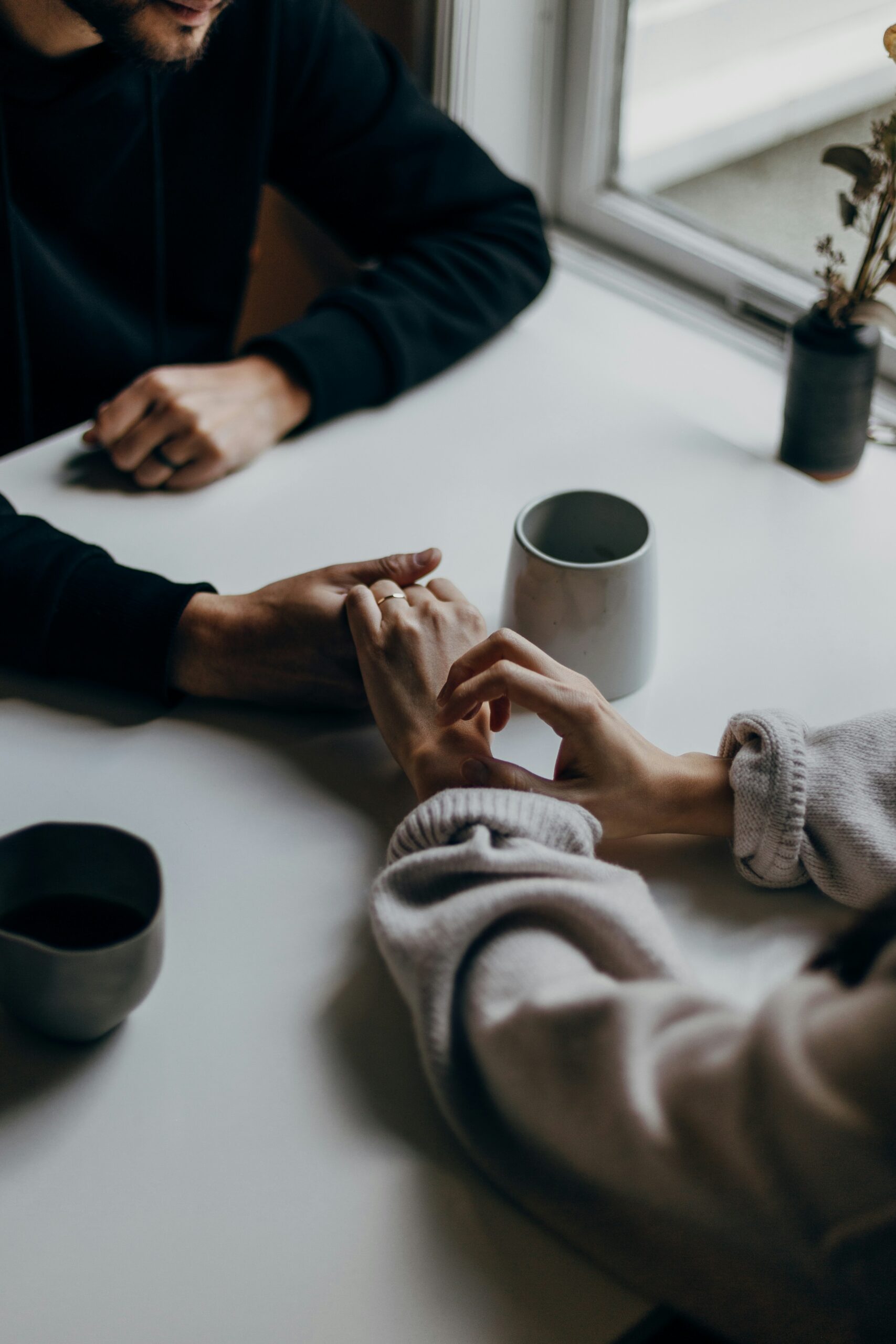Key Takeaways
- Ketamine therapy offers swift relief from depression and other mental health issues, often within hours or days, thanks to its unique neurochemical effects.
- Combining yoga and meditation with ketamine therapy creates a holistic approach to mental health, addressing both mind and body for a deeper healing experience.
- Yoga enhances ketamine therapy by fostering mindfulness, grounding individuals in their bodies, and promoting mental clarity, essential for integrating treatment experiences.
- Meditation prepares the mind for ketamine therapy, promoting calmness and intention setting, crucial for optimizing treatment outcomes and processing profound experiences.
- While these practices can complement ketamine therapy, it’s essential to consult healthcare professionals to ensure safety and effectiveness, particularly regarding individualized side effects and adjustments.
Discover the Harmony of Ketamine Therapy
Ketamine, once known primarily as an anesthetic, has emerged as a promising treatment for various mental health conditions, particularly depression. Unlike traditional antidepressants that may take weeks to show effects, ketamine can sometimes offer relief in hours or days. This is because it works on a different set of neurotransmitter systems, including glutamate, which plays a key role in mood regulation.
Overview of Ketamine’s Healing Properties
Ketamine’s potential to rapidly alleviate symptoms of depression and its ability to create new neural pathways makes it a significant addition to mental health treatment options. It’s particularly useful for those who haven’t found relief through conventional methods. However, it’s not a one-size-fits-all solution, and it’s important to have a supportive set and setting for the treatment to truly be effective.
How Yoga Enhances Ketamine’s Impact
Yoga is more than just physical exercise; it’s a practice that nurtures the connection between mind and body. When combined with ketamine therapy, yoga can enhance the treatment’s impact by helping individuals integrate their experiences during and after sessions.
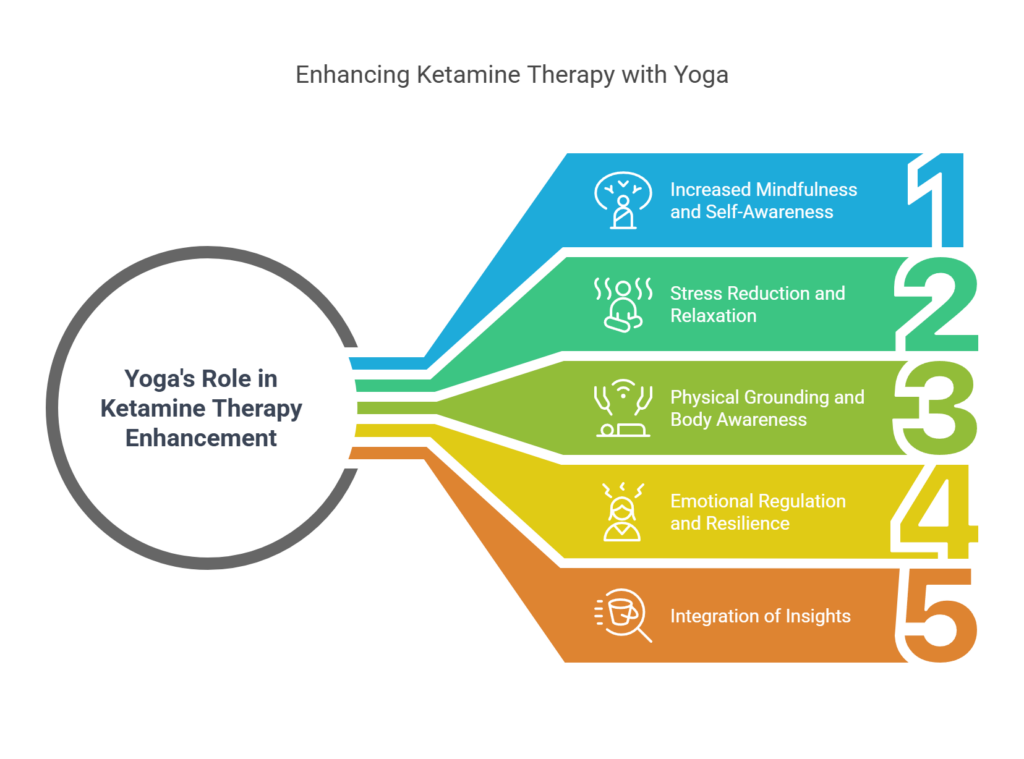
The practice of yoga encourages presence, mindfulness, and a gentle exploration of one’s inner landscape, which complements the introspective nature of ketamine therapy.
How Meditation Enhances Ketamine’s Impact
Similarly, meditation sets the stage for ketamine therapy by preparing the mind. It can help patients establish a calm and clear mindset, which is beneficial when undergoing a treatment that can be as psychologically profound as ketamine therapy. By cultivating mindfulness and intention, meditation can amplify the healing potential of ketamine.
Embracing Yoga for Inner Balance
Yoga offers an accessible way to maintain and enhance the benefits of ketamine therapy. By regularly engaging in yoga practices, individuals can continue to foster the sense of peace and mental clarity that ketamine can initiate.
- Yoga helps regulate stress hormones and can improve mood.
- Practicing yoga can increase body awareness, which is beneficial for grounding during ketamine therapy.
- Yoga’s focus on breath work can improve respiratory function and promote relaxation.
Through a combination of postures, breathing exercises, and meditation, yoga can help stabilize mood and reduce anxiety, which often accompanies mental health issues like depression. Besides that, it promotes a sense of discipline and self-care, which are critical components of any mental health recovery journey.
Yoga’s Role in Mental Health Recovery
Yoga’s role in mental health goes beyond its physical benefits. It’s a practice that teaches us how to manage our thoughts and emotions with greater awareness and compassion. In the context of ketamine therapy, yoga can be particularly valuable for integrating treatment insights into daily life. It provides a framework for understanding and nurturing the self, both during and after the course of ketamine treatments.
Postures That Complement Ketamine Therapy
There are specific yoga postures that can be especially beneficial when practicing alongside ketamine therapy. For instance, grounding poses like Tadasana (Mountain Pose) and Balasana (Child’s Pose) can help individuals feel more anchored to the present moment. On the other hand, heart-opening asanas such as Bhujangasana (Cobra Pose) and Setu Bandhasana (Bridge Pose) can encourage openness and emotional release.
Meditation: The Silent Healer
Meditation is like a quiet ally in the journey of healing. It’s a tool that can help us tune into our inner selves and find peace amidst the chaos. When paired with ketamine therapy, meditation can help us process and make sense of the profound experiences that ketamine may evoke. This is because meditation nurtures a state of reflective calm, providing the mental space needed to explore and integrate new insights.
Meditation has been shown to reduce stress, improve focus, and contribute to a greater sense of well-being. These benefits are particularly relevant for those undergoing ketamine therapy, as they can enhance the treatment’s effectiveness and support a more positive mental health trajectory.
Mindfulness Practices During Ketamine Treatment
During ketamine treatment, mindfulness practices can be invaluable. They teach us to observe our thoughts and feelings without judgment, creating a sense of spaciousness in the mind that can be incredibly liberating.
Mindfulness can be practiced in many ways, such as through focused breathing, body scans, or simply by paying attention to the present moment. This practice is crucial during ketamine therapy because it can help patients stay grounded and centered, even when the treatment prompts intense emotional or cognitive experiences.
Practicing mindfulness can also help mitigate any anxiety that may arise before or after ketamine sessions. By learning to stay present and accept whatever arises, patients can handle their experiences with greater ease and resilience.
Types of Meditation Best Suited to Pair with Ketamine
Not all meditation practices are created equal, and some may be more suited to complement ketamine therapy. Guided meditations, for instance, can provide structure and support for those new to the practice. They can help direct the mind towards healing intentions and provide reassurance during the introspective journey that ketamine can initiate.
Other forms, such as loving-kindness meditation or mantra-based practices, can foster positive emotions and a sense of inner peace. These qualities can be particularly beneficial for individuals dealing with depression or PTSD, as they encourage a compassionate and nurturing mindset that can be therapeutic in itself.
Creating a Personal Healing Ritual
Healing is deeply personal, and creating a ritual around your ketamine therapy can make the experience more meaningful. A healing ritual might involve setting aside time for yoga and meditation before and after your ketamine sessions. It can also include journaling to reflect on your experiences or engaging in other self-care activities that promote relaxation and introspection.
Steps to Integrate Yoga and Meditation into Your Routine
- Identify a quiet, comfortable space where you can practice without interruptions.
- Choose a time of day when you feel most at ease for your yoga and meditation practice.
- Start with short sessions, perhaps 5-10 minutes, and gradually increase the duration as you become more comfortable.
- Use apps or online resources for guided meditations and yoga routines tailored to your needs and experience level.
- Reflect on your practice and how it makes you feel, adjusting as needed to support your healing journey.
Remember, the goal is to build a practice that feels nurturing and supportive, not one that adds to your stress. Be gentle with yourself and allow your practice to evolve naturally over time.
Designing a Supportive Environment for Therapy
Setting up a supportive environment is key to getting the most out of your ketamine therapy. This means creating a space that feels safe and calming, where you can retreat and focus on your healing. Consider soft lighting, comfortable seating, and perhaps elements of nature like plants or a water fountain. You might also include personal items that have meaning to you, such as photos, artwork, or keepsakes that inspire a sense of peace and well-being.
Additionally, make sure that you have the support of a trained therapist or guide who can help you manage the experiences that arise during ketamine therapy. Their presence can provide reassurance and professional insight, ensuring that your journey is as beneficial as possible.
Relevance Recovery’s Holistic Approach
Relevance Recovery embraces a holistic approach to mental health, recognizing the interconnectedness of mind, body, and spirit. This philosophy is at the heart of combining ketamine therapy with yoga and meditation. It’s not just about treating symptoms; it’s about fostering an environment where true healing can occur.
At Relevance Recovery, patients are supported through every step of their journey. The integration of these practices is seen not as an add-on but as an essential part of a comprehensive treatment plan. The aim is to empower individuals to take an active role in their recovery and to provide them with tools that will serve them long after the treatment has ended.
Combining Yoga and Meditation with Ketamine
When we combine yoga and meditation with ketamine therapy, we create a synergy that can accelerate and deepen the healing process. Yoga helps to embody the experiences and realizations that may come from ketamine, while meditation offers a way to process and integrate these insights into our daily lives.
Most importantly, this combination encourages a holistic view of recovery, where physical health, mental clarity, and emotional resilience are all seen as vital parts of the healing process. By approaching treatment with this mindset, we open ourselves up to a more profound and lasting transformation.
Contact us to learn more about combining ketamine therapy with yoga and meditation to support your unique path to wellness.
Frequently Asked Questions (FAQ)
1. How Often Should I Practice Yoga While Undergoing Ketamine Treatment?
It’s generally recommended to engage in gentle yoga practice daily or at least several times a week while undergoing ketamine treatment. The consistency helps maintain the equilibrium between your physical and mental state. However, always listen to your body and adjust the frequency and intensity of your yoga sessions according to how you feel. It’s important to communicate with your healthcare provider for personalized advice.
2. Can Meditation Replace Traditional Therapy in Conjunction with Ketamine?
While meditation is a powerful tool for mental health and can complement ketamine therapy, it should not replace traditional therapy. It’s best used in conjunction with other forms of treatment, including therapy and medication, as prescribed by a professional. Meditation enhances the therapeutic process by fostering mindfulness and emotional balance.
3. What Are the Risks of Combining Ketamine with Yoga and Meditation?
Combining ketamine with yoga and meditation is generally considered safe when guided by professionals. However, it’s crucial to approach this combination with care, as ketamine can sometimes lead to disorientation or dizziness. It’s best to avoid physically demanding yoga poses immediately after ketamine sessions and to ensure a safe environment when meditating. Always consult with your treatment team before starting any new practices.
4. How Long Before I Can Expect to See Results from This Combined Therapy?
The timeline for seeing results from combining ketamine with yoga and meditation can vary widely among individuals. Some may notice improvements in mood and well-being shortly after beginning treatment, while for others, it may take several sessions. Consistency and commitment to the practices are key, and it’s important to maintain open communication with your healthcare provider to monitor progress.
5. Is There a Specific Type of Yoga Recommended Alongside Ketamine Therapy?
Restorative or gentle Hatha yoga is often recommended alongside ketamine therapy because these styles are slower-paced and focus on relaxation and mindfulness. They are less likely to overstimulate the body and mind, which is particularly important when undergoing a treatment that can alter sensory perception and emotional processing. Always tailor the type of yoga to your comfort level and the recommendations of your healthcare provider.
In conclusion, combining ketamine therapy with yoga and meditation offers a holistic approach to mental health treatment that can potentially enhance the therapeutic effects and support long-term recovery. This integrative method promotes balance, mindfulness, and self-awareness, which are key components of mental well-being. Remember to always consult with healthcare professionals before embarking on this journey and to approach each practice with patience and self-compassion. By doing so, you can create a personalized healing experience that nurtures your mind, body, and spirit.


